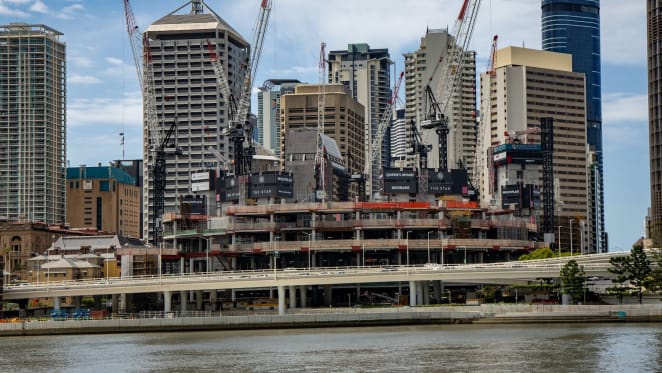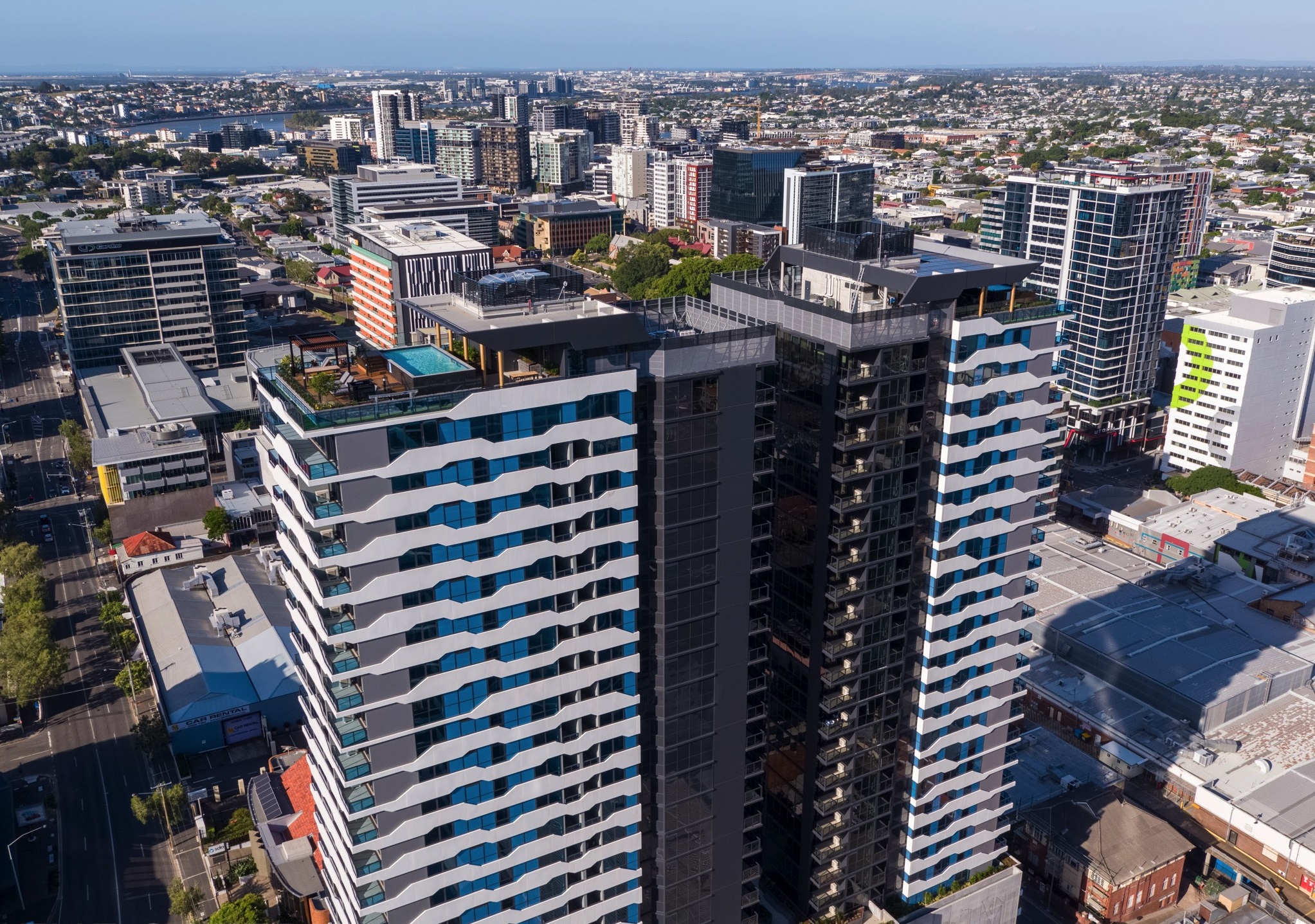Brisbane Biggest Crane Jump Since 2014
The index jumped from 68 to 97, with 27 cranes also removed from the city. There are now 71 cranes active across the Brisbane area.
Brisbane’s construction activity appears to be coming out of the doldrums, with 48 cranes added across the city over the past six months.
It bucked the trend of Queensland’s 2020 drop-off in construction activity, with building work trending below the decade average for most key indicators.
The Rider Levett Bucknall’s Q1 2021 Crane Index paints a much more promising picture for Brisbane’s construction activity, with the number of cranes added the largest increase in Brisbane’s crane numbers since the inception of the index just over seven years ago.
The index jumped from 68 to 97, with 27 cranes also removed from the city. There are now 71 cranes active across the Brisbane area.

Residential cranes remain the largest sector in Brisbane, accounting for almost 50 per cent of the cranes across Brisbane. Over the last six month, residential cranes have increased to 34 per cent, up by 12 previously.
This includes new developments starting in Ascot, Brisbane, Cannon Hill, Coorparoo, East Brisbane, Fortitude Valley, Hawthorne, Norman Park, South Brisbane, St Lucia and Yeronga. There have been two projects commence in Indooroopilly, New Farm, Newstead and Seven Hills, with three in Woolloongabba.
The mixed-use sector is the next largest sector, dominated by the nine cranes assisting the Queen’s Wharf development. They account for 12 per cent of all the cranes in Brisbane.
The latest tower, known as Quay Waterfront Newstead, located alongside the Brisbane River, joins previously completed stages Pier, Park and Unison as part of the grander Waterfront Newstead community.
The east of Brisbane saw the largest increase, with six more cranes added over the last six months. Previously there had just been one crane.




